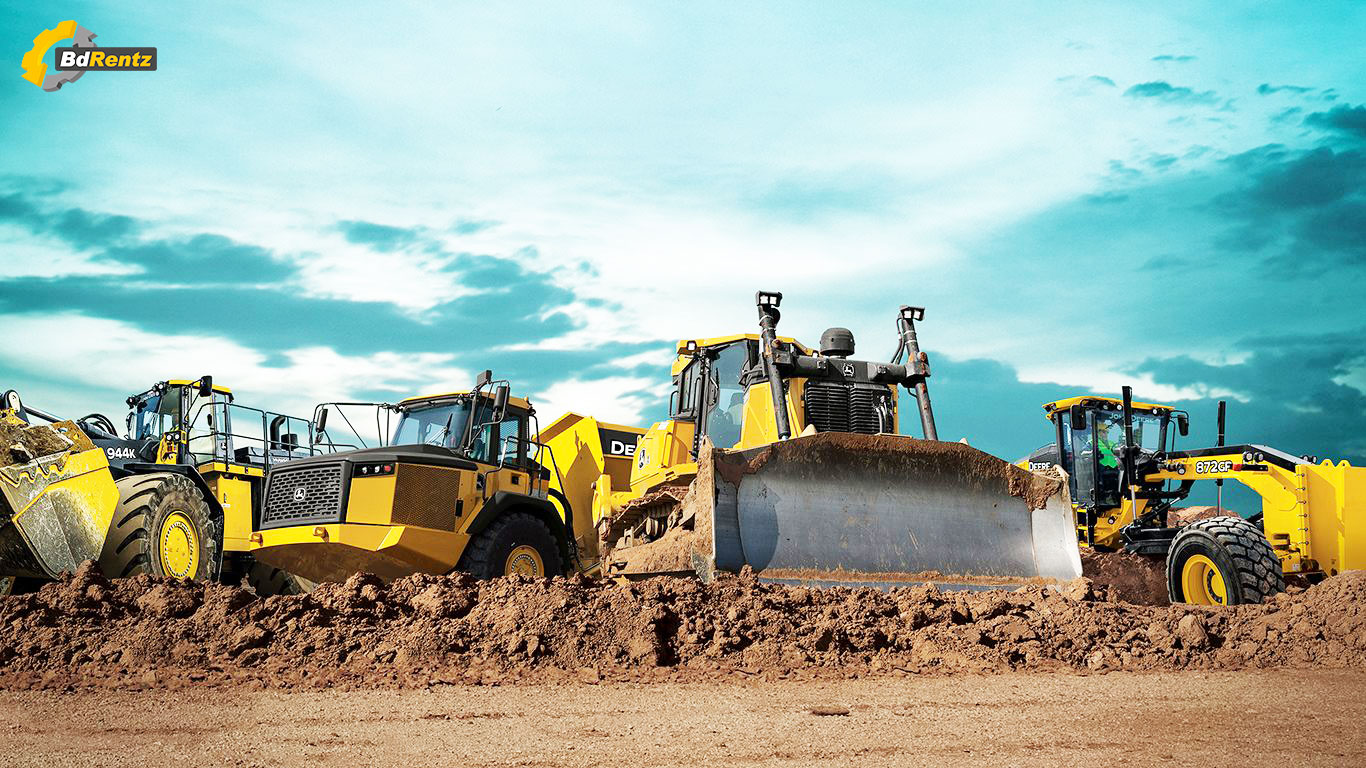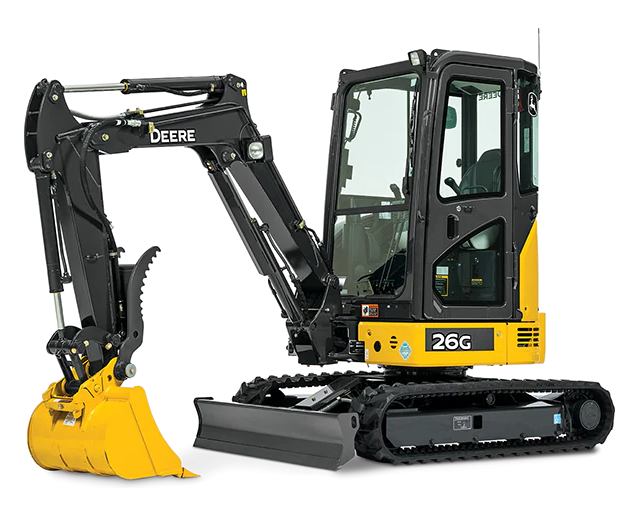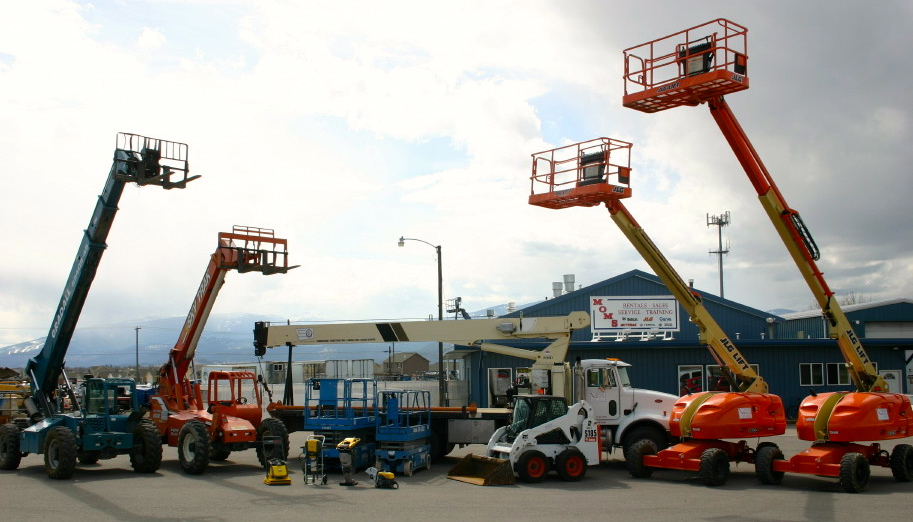Equipment Rental Company: Your Source for All Types of Machinery
Equipment Rental Company: Your Source for All Types of Machinery
Blog Article
Maximize Your Spending Plan by Understanding the Expenses Connected With Construction Tools Rentals
Understanding the full scope of costs associated with building and construction devices leasings is critical for maximizing your budget. What methods can be used to effectively take care of these prices and guarantee a more efficient rental experience?
Summary of Rental Prices
When considering construction tools rentals, comprehending the linked costs is vital for efficient budgeting and task planning. Rental costs can vary dramatically based upon numerous aspects, including tools kind, duration of service, and place. The preliminary rental fee typically shows the devices's market demand and its connected functional abilities, influencing the general cost.
In addition to the base rental rate, ancillary costs may emerge, such as transportation charges, gas additional charges, and upkeep costs. It is necessary to make up these added costs to accurately examine the total cost of renting devices. The rental duration can influence prices; longer leasings may qualify for reduced rates, while short-term rentals might incur higher daily fees.

Failure of Rental Rates
An extensive understanding of rental prices is vital for service providers and project supervisors aiming to optimize their budget plans. Rental rates for construction equipment normally include numerous parts, including base prices, time-based charges, and usage costs.
Base rates are the core charges connected with the rental of the tools, frequently established by the type and dimension of the machinery. These prices can differ considerably, influenced by elements such as devices demand, availability, and local market patterns. Time-based costs, which may be daily, weekly, or monthly, serve to suit different job timelines and rental periods.
Furthermore, rental prices may consist of use charges, which are applicable when devices is used past a defined threshold, making sure that the rental firm can represent deterioration. Seasonal demand fluctuations can additionally affect rental rates, with peak building seasons usually regulating higher costs.
In addition, understanding the rental company's policies pertaining to maintenance and insurance coverage can give additional insight into the overall cost structure. By examining these components, specialists can make informed decisions, making sure the option of rental tools aligns with both project requirements and spending plan restraints.
Additional Costs to Consider
Understanding the ins and outs of extra charges is vital for service providers to manage their total leasing expenses efficiently. Beyond the common rental prices, various extra fees can considerably influence the overall price of tools service. These costs often consist of delivery and pickup fees, which can differ based upon distance and logistics associated with transporting the tools to and from the work site.
Moreover, some rental firms might impose fuel additional charges if the tools is returned with much less fuel than when leased. It is likewise vital to be aware of possible cleansing charges, specifically for specific tools that requires extensive maintenance after use.

Extensively evaluating the rental arrangement and clarifying these additional costs upfront can help contractors stay clear of unexpected expenses and guarantee that spending plans stay intact throughout the project lifecycle.
Upkeep and Repair Costs
Regular maintenance and repair work expenditures are usually forgotten aspects that can dramatically influence the overall price of building and construction equipment services. When renting devices, it is important to think about not only the rental charges but also the prospective costs associated with maintaining the equipment in ideal operating condition.
Many rental companies include fundamental maintenance as component of the rental arrangement; nevertheless, a lot more unanticipated break downs or considerable fixings can cause extra expenses. It's crucial to examine the rental agreement carefully to recognize what upkeep services are covered and what responsibilities fall on the renter.
In addition, equipment that is not well-kept can cause ineffectiveness at work website, potentially enhancing and causing hold-ups project prices. To mitigate these risks, it is a good idea to carry out normal evaluations and keep open interaction with the rental service provider pertaining to any issues that occur throughout usage.
Insurance Policy and Liability Expenses
Insurance policy and responsibility prices are crucial elements that can significantly impact the overall expense of building and construction equipment leasings (mini excavator rental). These expenses guarantee that both the rental company and the client are secured from potential monetary losses emerging from mishaps, damages, or burglary throughout the rental duration

Furthermore, clients need to recognize any kind of deductibles or exemptions in the he said insurance coverage, as these can affect potential out-of-pocket expenses. Understanding the terms and problems of any type of insurance policy coverage is crucial to stay clear of unexpected costs. Inevitably, budgeting for insurance and liability expenditures can aid guarantee a smoother rental experience and secure against monetary dangers connected with construction projects.
Final Thought
In final thought, a detailed understanding of the expenses connected with construction tools leasings is necessary for effective budget plan monitoring. Inevitably, notified decision-making relating to devices services adds to the overall success of building and construction ventures.
Rental costs can differ dramatically based on a number of variables, consisting of tools kind, duration of rental, and area (aerial lift rental). The rental period can influence pricing; longer rentals may qualify for reduced rates, while temporary services could sustain greater day-to-day fees
By performing detailed study and involving with reputable rental business, professionals can effectively browse the complexities of rental prices, eventually optimizing their economic sources.
Beyond the typical rental rates, various supplemental fees can significantly impact the complete price of tools leasing. Rental companies often supply liability insurance that covers injuries to 3rd parties or damage to home, while equipment damage insurance can cover the cost of repair services or replacement if the rented out tools is damaged.
Report this page